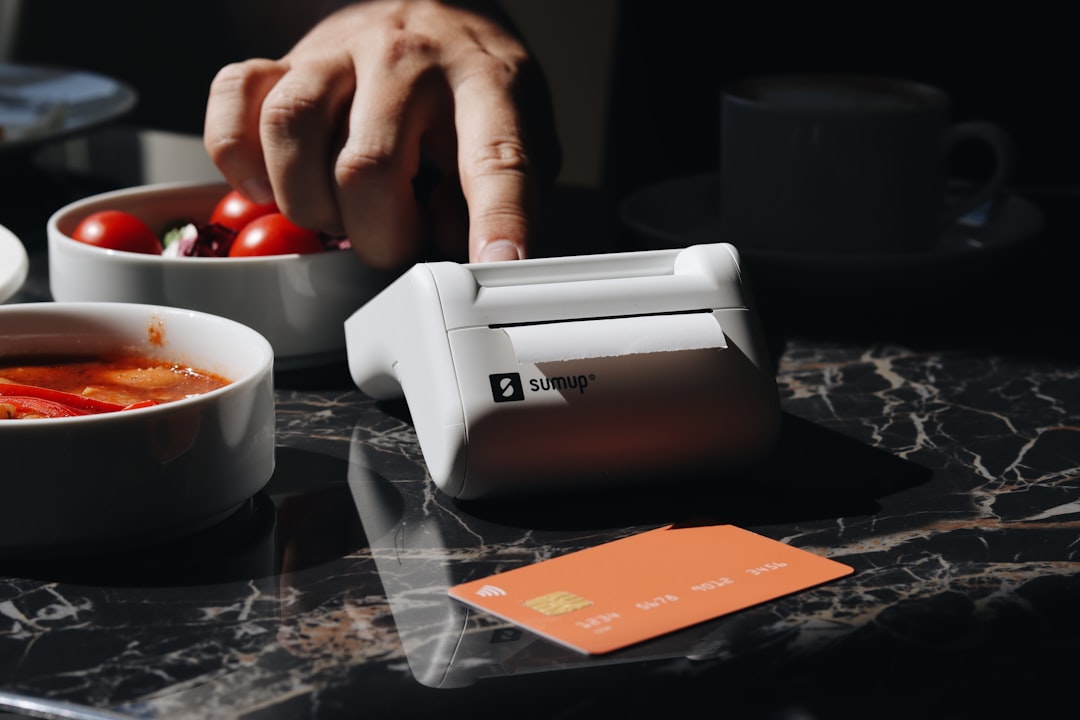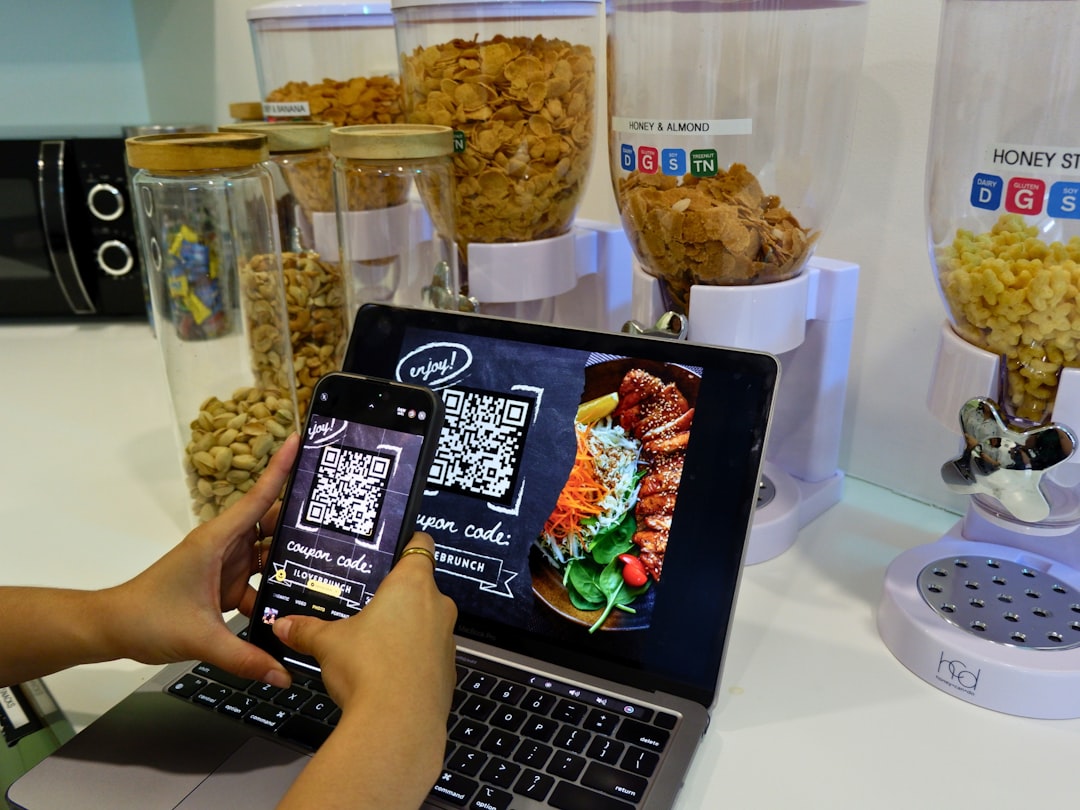Restaurant technology has evolved rapidly in recent years, yet many establishments struggle with effective implementation. While 77% of restaurants report increased efficiency after adopting new technology, the path to digital transformation is rarely smooth. Let's explore the key challenges and practical solutions for integrating technology into your restaurant operations.
The upfront cost of new technology remains one of the biggest barriers for restaurant owners. Post-pandemic, 40% of operators adopted technology to address challenges like contactless ordering, but many still struggle with the initial investment. This is particularly true for smaller establishments operating on thin margins.
With 37% of restaurant owners citing rising food and supply costs as their top challenge, finding budget for technology investments can feel impossible. Yet paradoxically, it's often these same digital tools that can help control costs in the long run.
With 49% of U.S. restaurants operating with reduced staff, finding time for technology training becomes exceptionally difficult. Employees accustomed to traditional methods may resist change, especially when they're already stretched thin handling their regular duties.
Think about it: asking your already-overworked server to learn a new POS system during Friday night dinner rush is a recipe for frustration. Staff resistance isn't stubbornness – it's often a rational response to poor implementation timing.
Many restaurants operate with a patchwork of systems that don't communicate effectively. Adding new technology to this mix can create frustrating bottlenecks if not properly integrated with existing workflows.
Imagine your kitchen receiving orders from three different systems – your website, a third-party delivery app, and your in-house POS – with no unified queue. Without proper integration, technology can create more problems than it solves.
Implementing new systems inevitably creates some disruption to daily operations. For busy restaurants, finding the right time to make these changes without affecting customer experience presents a significant challenge.
Before investing in any new technology, assess your specific operational pain points. Are you struggling with order accuracy? Labor costs? Customer wait times? Identify your most pressing challenges and prioritize solutions that address them directly.
Action step: Create a prioritized list of operational challenges and match each with potential technology solutions.
Rather than overhauling your entire operation at once, consider implementing technology in stages. This approach allows staff to adapt gradually while minimizing disruption to customer service.
According to Restaurant Technology News, restaurants that take a phased approach to technology adoption report smoother transitions and higher staff acceptance rates.
For example, you might start by implementing a digital inventory system before tackling customer-facing technology like self-ordering kiosks. This methodical approach builds confidence and competence among your team before introducing more complex changes.

When evaluating technology options, calculate the potential return on investment. Research shows that 35% of restaurants reduced costs and 33% increased revenue after adopting the right technology solutions.
Example: A self-service kiosk may require an upfront investment of several thousand dollars but can reduce labor costs while increasing average order values through consistent upselling. One restaurant owner I spoke with saw their average ticket increase by 15% after implementing self-service ordering, paying for the technology within just four months.
Staff resistance often stems from fear of job displacement or uncertainty about learning new systems. Communicate clearly how the technology will make their jobs easier rather than replace them.
A study from Food On Demand found that 61% of operators noted reduced staff pressure after adopting appropriate technology, showing that the right tools can actually improve employee satisfaction.
Consider creating a "technology champion" role within your staff – someone who receives advanced training and can serve as a peer mentor to others. This creates buy-in and gives team members someone approachable to turn to with questions.
One of the biggest mistakes restaurants make is adopting multiple disconnected systems. This creates training challenges and workflow inefficiencies. Instead, look for integrated platforms that handle multiple functions.
An all-in-one system that manages ordering, POS, inventory, and customer loyalty from a single interface reduces training time and minimizes integration headaches.
The restaurant industry has historically been saddled with siloed systems – separate tools for table management, kitchen display, loyalty programs, and online ordering. This patchwork approach increases complexity and costs while reducing operational efficiency.
Technology that's intuitive for both staff and customers leads to faster adoption. When evaluating options, involve your staff in demos and trials to ensure the interface makes sense to the people who'll use it daily.
As Peter Dougherty from Lightspeed notes, "Digital adoption has been an important lifeline for hospitality businesses... there are greater efficiencies to be realized with new technology." But those efficiencies only materialize if the technology is user-friendly enough to be embraced by your team.
Modern restaurant technology generates valuable data about operations, customer preferences, and sales patterns. Use these insights to refine your processes and make informed business decisions.
For example, POS data might reveal that certain menu items consistently sell together, creating opportunities for profitable bundled promotions. Or you might discover that particular servers excel at selling specific high-margin items, insights you can use to improve training for the rest of your staff.
Even the most intuitive technology requires proper training. Create comprehensive training materials, schedule dedicated training sessions, and ensure ongoing support is available.
Tip: Identify tech-savvy staff members who can serve as internal champions and help train others. Consider offering incentives or recognition for those who help colleagues master new systems.
Training shouldn't be a one-time event. Schedule regular refreshers, especially after system updates, and create easily accessible documentation that staff can reference when questions arise.
The restaurant industry continues to evolve rapidly. With 75% of U.S. consumers dining out weekly and showing increasing preference for digital convenience, staying current with technology trends is essential for remaining competitive.
QR code adoption surged 750% during the pandemic, and 66% of restaurants now use them for ordering, according to QSR Web. This shift toward contactless and self-service options is likely to continue, making now the perfect time to evaluate your digital strategy.

The most successful restaurants are those that view technology not as a necessary evil but as a strategic advantage. They're using AI-powered inventory systems to reduce waste, predictive scheduling to optimize labor costs, and data analytics to fine-tune their menu offerings based on actual customer preferences rather than gut feeling.
Successfully adopting restaurant technology requires a strategic approach that balances immediate operational needs with long-term goals. By identifying specific challenges, implementing solutions in phases, and ensuring proper staff training, you can overcome common adoption barriers.
Remember that technology should serve your restaurant's unique needs—not the other way around. The right digital tools, properly implemented, can help you increase efficiency, reduce costs, and enhance the customer experience, ultimately contributing to your restaurant's long-term success.
Ready to streamline your restaurant operations with an integrated technology solution? Consider how an all-in-one platform could simplify your digital transformation journey while addressing the specific challenges your restaurant faces.
